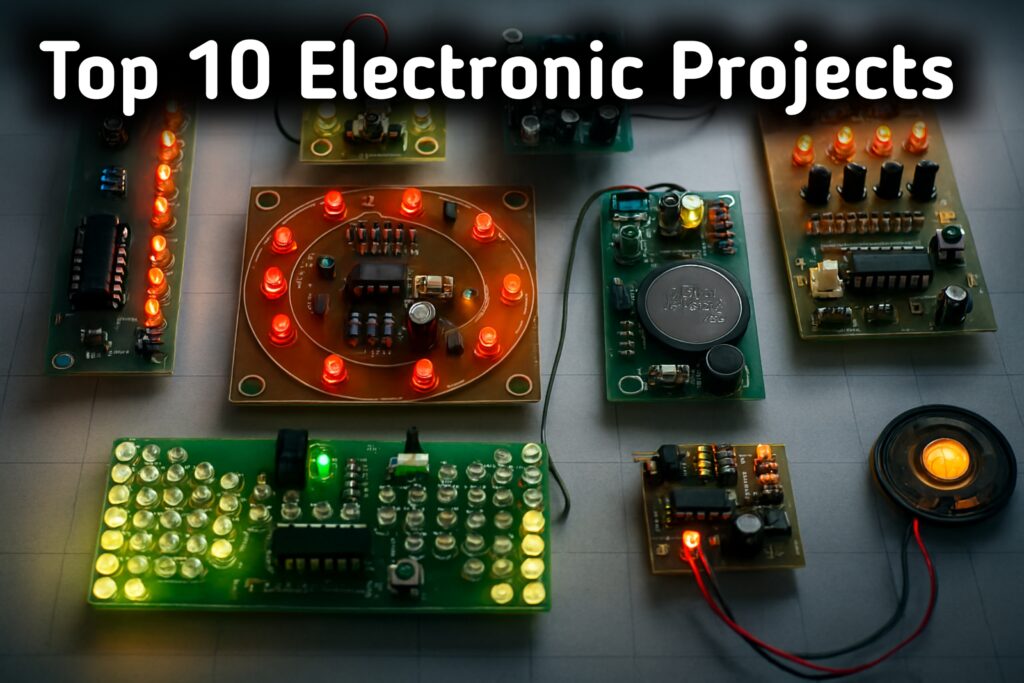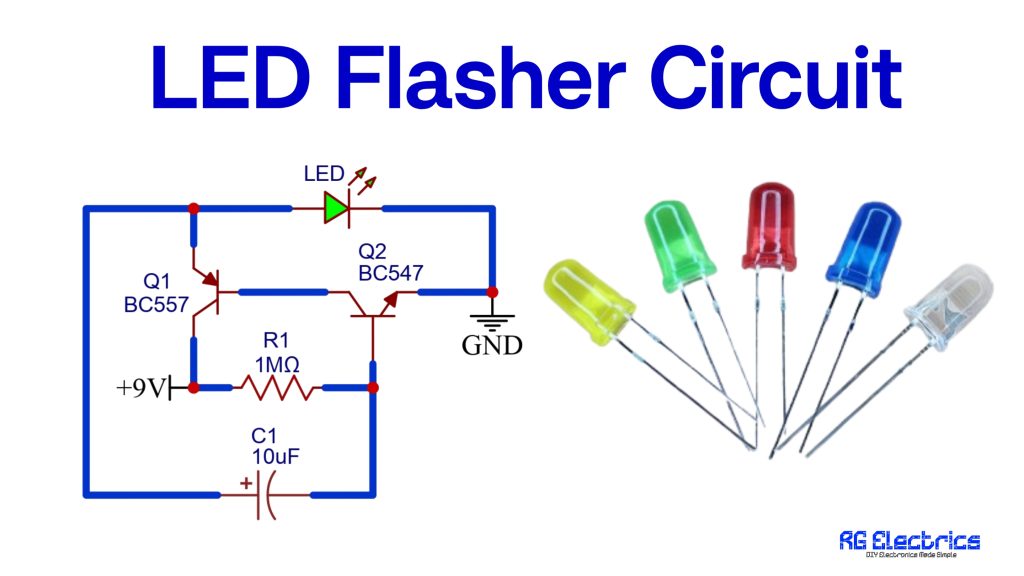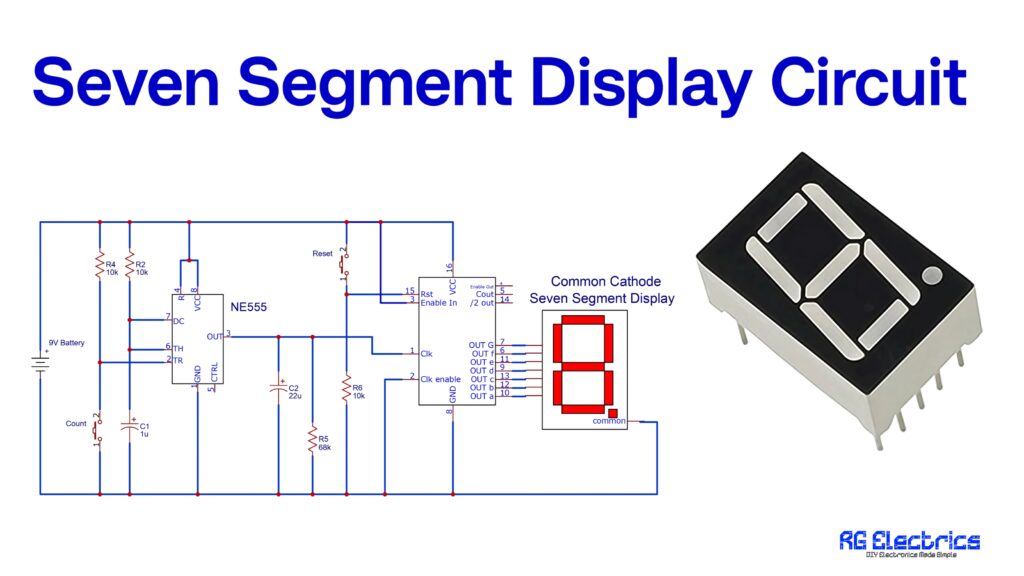Table of Contents
Introduction
With the increasing demand for wireless audio systems, Bluetooth-based audio amplifier circuits have gained popularity among DIY enthusiasts and electronics hobbyists. This article provides an in-depth understanding of how to build a Bluetooth Audio Amplifier Circuit using the PAM8403 amplifier module. The circuit allows wireless audio transmission via Bluetooth and amplifies the signal to drive small speakers efficiently. It features a 2W + 2W output, making it ideal for portable speaker projects, home entertainment systems, and DIY audio setups.
Components Details
To build this Bluetooth audio amplifier circuit, you will need the following components:
- Bluetooth Audio Module – Used to receive audio signals wirelessly from Bluetooth-enabled devices (e.g., smartphones, laptops, tablets).
- PAM8403 Audio Amplifier Module – A 5V low-power Class-D amplifier that amplifies the audio signals from the Bluetooth module.
- Speakers (2x 3W, 4Ω or 8Ω) – Used to output the amplified audio signal.
- 3.7V Lithium-ion Battery – Powers the Bluetooth module and amplifier.
- Boost Converter (3.7V to 5V) [Optional] – Increases the battery voltage to 5V if needed for proper operation.
- Connecting Wires – To connect various components.
- Switch (Optional) – Used to turn the circuit on and off.

Circuit Diagram

Circuit Explanation
The working of this Bluetooth audio amplifier circuit is simple and efficient:
- Power Supply: The 3.7V lithium-ion battery supplies power to the Bluetooth module. If needed, a boost converter can be used to step up the voltage to 5V for better operation of the amplifier module.
- Bluetooth Module: This module receives an audio signal from a paired Bluetooth device (such as a smartphone or laptop). The module processes the digital audio signal and provides an analog output.
- Audio Amplification: The analog audio output from the Bluetooth module is fed into the PAM8403 amplifier module. This module amplifies the weak audio signal to a level suitable for driving the connected speakers.
- Speaker Connection: The amplified audio signal is sent to two small speakers (3W, 4Ω or 8Ω). The left and right audio channels are connected to their respective speakers.
- Circuit Functionality: When the Bluetooth module is powered, it enters pairing mode, allowing users to connect their devices wirelessly. Once paired, the audio signal is streamed wirelessly, amplified by the PAM8403, and played through the speakers.
Applications
This Bluetooth audio amplifier circuit has numerous practical applications, including:
- Portable Bluetooth Speakers – Ideal for building small, battery-powered wireless speakers.
- Home Audio Systems – Can be used as a DIY audio solution for home entertainment setups.
- Wireless Music Systems – Great for creating cost-effective, wireless music solutions for various environments.
- Educational Projects – Helps students and hobbyists understand Bluetooth communication and audio amplification.
- Hands-Free Audio Systems – Can be integrated into car audio systems for wireless music streaming.
- Gaming and Multimedia – Useful for amplifying audio in gaming setups and home theaters.
- DIY Smart Home Integration – Can be integrated with smart home devices for voice alerts and automation.
Conclusion
The Bluetooth Audio Amplifier Circuit using the PAM8403 module is an excellent project for DIY enthusiasts looking to create a wireless, portable audio system. With a simple setup, it allows users to stream audio from their devices and experience amplified sound through small speakers. This circuit is not only cost-effective but also easy to assemble, making it perfect for beginners and advanced users alike.
By using readily available components, you can build a compact and efficient Bluetooth speaker system that delivers quality sound output. Whether for personal use, learning purposes, or custom audio applications, this project serves as a great starting point for experimenting with Bluetooth and audio amplification technologies.















